Compounding applications
The global market and the increasing trend toward just-in-time production are creating greater challenges for industrial product development. In the plastics industry, demand is also steadily rising for ever more individualized products that are produced in ever smaller quantities and shorter cycles. Plastic compounds that are precisely tailored to the requirements of a product are therefore becoming increasingly important. As a leading supplier of specialty polymers, Kuraray is a high-performance partner to the plastics industry.
There are three different types of compounding – TPE compounding, rubber compounding and polymer modification – and Kuraray offers styrenic block copolymers as a base for TPE compounds. Styrenic block copolymers can be used in numerous demanding applications in the medical, automotive, personal care, sporting goods and footwear, consumer goods and industrial construction sectors.
Kuraray’s products for compounding include:
The raw materials for TPE compounding combine the elastic properties of rubbers with those of thermoplastics and can therefore be processed into almost any shape. The materials are characterized by recyclability and environmental compatibility, they are PVC-free and certain grades do not require harmful plasticizers.
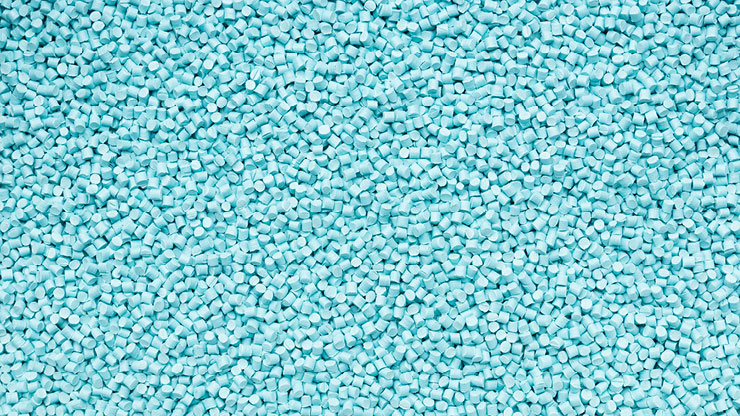
Medical
Safe and non-toxic, Kuraray’s styrenic block copolymers for TPE compounding offer flexibility and performance in the design of medical products where superior performance and safety are needed most. Distinguished by their high clarity, non-allergenic characteristics and easy processability, Kuraray’s elastomers deliver excellent quality for applications such as medical tubes and films, orthopedic gels, patch adhesives and elastic nonwovens.
Thermoplastic elastomers for medical use based on styrenic block copolymers have many favorable features. They have none of the critical disadvantages of PVC or latex and are less expensive than silicone. Products made of medical grade TPE can be sterilized by various standard methods. The material offers high sealing performance and adhesive strength.

Mobility
The challenges for the automotive industry are constantly changing: emissions & noise reduction, performance & safety improvement, light-weighting, interiors and less VOC, greater comfort and affordability. Kuraray offers the right solutions for specific requirements with its high-performance materials.
The high-quality styrenic and acrylic block copolymers from Kuraray find their use in a wide variety of parts in the automotive industry. The company’s high-performance thermoplastic elastomers and liquid rubbers are used in vehicles, e.g. tires, interior parts (soft parts, injection molding solutions for dashboards and instrument panels etc.), exterior parts (covers of exterior mirrors, roof rails, spoiler etc.) and the engine area (hoses, nozzles, rubber linings, connectors etc.). Kuraray products contribute to safe, comfortable and emission-reduced driving with properties such as reliable functionality, reduced weight, durability and wear resistance and contribute to achieve sustainability goals.

Personal care
Protection and comfort are the most important factors in successful personal care products. Kuraray is one of the leading manufacturers of styrenic block copolymers and, with its unique technology, it is easy to achieve flexibility and elasticity in personal care applications. These include disposable hygiene materials, adult incontinence products, personal wipes, and many other products where comfort and performance are crucial.
Kuraray’s products can be processed successfully on standard TPE compounding equipment and do not require extra drying for processing. Their compatibility with both non-polar and polar materials allows broad design flexibility. This is critical in the converting and production processes such as over-molding, co-extrusion, and lamination.
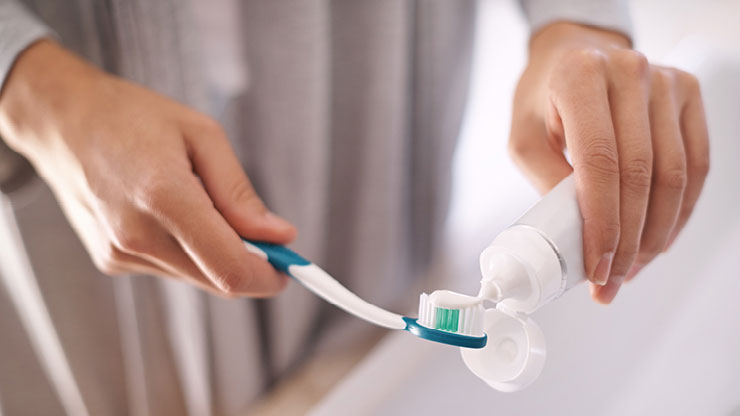
Sporting goods and footwear
Compounds based on Kuraray’s thermoplastic styrenic block copolymers and liquid rubbers offer significant benefits in sporting goods and footwear products. These products are more efficient, more comfortable and give them an optimal sustainability profile. Compounders and OEMs benefit from these and other properties to meet their customers’ needs.

Consumer goods
Thermoplastic high-performance elastomers for TPE compounding are characterized by the combination of very high softness and elasticity. Compounds for consumer goods based on styrenic block copolymers achieve excellent mechanical properties at lower weights than conventional materials.

Industrial and construction
On the one hand, new buildings follow traditions; on the other hand, they set trends as a result of social changes, growing demands and modern lifestyles. Fancy, flexible and energy-efficient are important keywords when it comes to trends in modern building and living. Kuraray has a large portfolio of products for TPE compounding that follow modern building trends and which builders can utilize to create highlights.
Kuraray’s products for industrial and construction business help customers realize trend-setting concepts and successfully implement current trends.
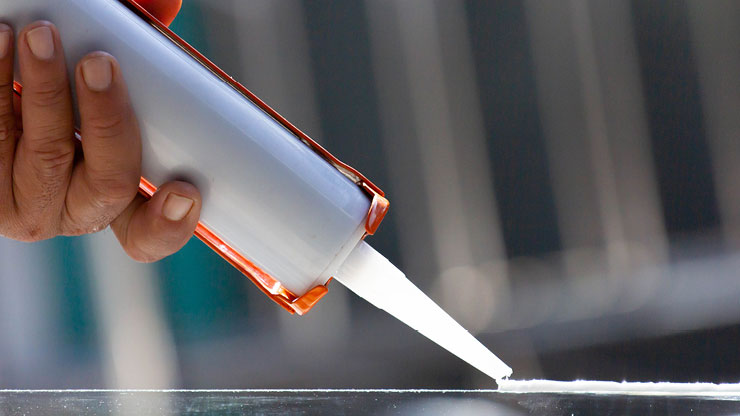
TPE compounding
Kuraray is a leading supplier of styrenic block copolymers for TPE compounding. We offer TPE compounders different polymers and structures to achieve high-end properties in demanding applications.
TPEs are robust, yet have a pleasantly soft touch and good wear comfort. They improve the compatibility of plastics in many industrial applications. Kuraray’s TPEs are recyclable, environmentally friendly, free of PVC and do not need harmful plasticizers. Additionally, they can be used effectively in adhesives.
TPE compounders benefit from Kuraray’s decades of experience with TPE based on styrenic block copolymers. These high-performance components are combined to create customized solutions. The customers also value Kuraray’s in-depth industry know-how and experience gained from thousands of applications. Kuraray takes on every challenge, the trickier the better.
Rubber compounding
Rubber compounding involves the science of elastomer chemistry and the modification of elastomers and compounds to create products with defined physical and chemical properties.
The desired properties are achieved by adding certain chemicals to the polymers. These include additives such as anti-degradants and crosslinking agents to increase the elasticity and strength of the materials. Formulation is used to chemically bond long-chain molecules and viscous materials to form elastic solids, such as in the vulcanization process.
Performance properties of elastomers, such as lifetime, durability, uniformity, etc., depend on their quality and the compounding technologies used. To achieve the desired improvements requires a deep understanding of the raw materials and compounds. In most cases, several ingredients are incorporated to achieve the desired product properties and enable smooth processing. In the processing stages, a distinction is made between raw material handling and mixing, forming and vulcanization.
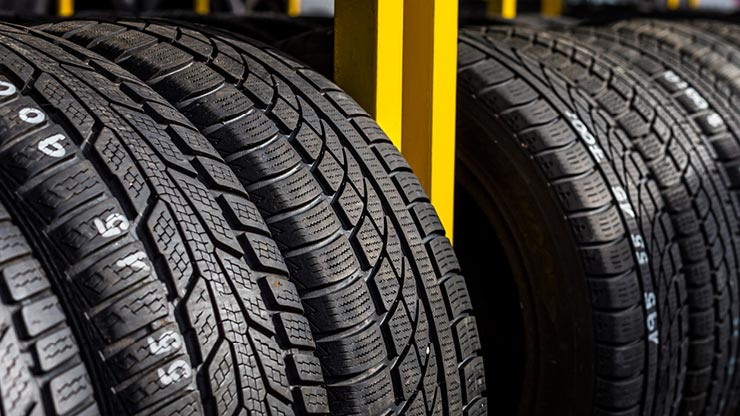
Raw material handling
Important aspects include temperature and humidity control, as well as characteristics such as automatic handling and weighing capability, the ability to handle hazardous materials, weighing accuracy (including for small quantities) and uniform mixing. Special attention needs to be paid to handling chemicals such as dusty powders, which are widely used in elastomer chemistry. Their handling is often challenging because they are difficult to disperse and can become electrostatically charged.
Mixing
The aim here is to homogeneously mix the additives with the selected polymers and rapidly incorporate fillers and other compounding materials. The objective of a time-, temperature- and energy-optimized process is to achieve a viscosity of the compound that allows smooth processing in the subsequent production stages. To achieve this, all compounding materials must be optimally distributed and dispersed. Increased attention should also be paid to the tackiness of the compound to prevent problems during further processing.
Forming
Depending on the part to be produced, proven processes such as extrusion, calendering or cutting and bonding methods are used for forming. Important performance factors include flow, adhesion and release properties, shrinkage and elongation properties as well as several other factors.
Good flow properties of the compounds are important in the molding process. Compounds for the production of profiles should be easy and uniform to calender or extrude. The quality criteria for calendering sheets are smoothness, uniform shrinkage and bubble-free moldings.
Vulcanization
Compression molding, transfer molding, injection molding and continuous vulcanization are common processes in vulcanization. Performance factors include flowability, curing state of the components, migration and dispersion of the curing agent and mold release.
The vulcanization process requires good flow properties of the polymer to achieve sufficient bond adhesion, to fill the mold quickly, uniformly and without bubbles, and, in the case of multicomponent materials, to achieve good adhesion between the compound and metal, for example. Last but not least, the parts produced should be easy to remove from the mold and not contaminate it.
Polymer modification
Polymers are modified to give them new properties or to improve existing ones. This generally involves changing the physical and/or chemical nature of the polymer. This modification can fundamentally transform a polymer.
Modification makes it quite easy to obtain the desired properties without having to develop new polymers in a time-consuming and costly manner. Modification is therefore a proven method for tailoring polymer properties. Last but not least, polymers are much easier to modify than many other material categories due to their molecular structure.
In this process of refinement, other materials and/or chemicals are incorporated into the base polymers to modify them in a targeted manner. Furthermore, additives such as stabilizers, flame retardants, etc. must be incorporated to provide, for example, the necessary stability of the polymers. Suitable additives are also needed to counteract the disadvantage of lack of strength and to make the polymers easier to process. Depending on the amount and type of these additives, many new polymers with a wide variety of volume and other properties can be generated from a single polymer. Examples include natural rubber, which can be used to make a wide variety of products such as tires, rubber bands, shoe soles, etc., and PVC, which has numerous products with different degrees of hardness.
Polymers can be modified physically and chemically. Examples include the incorporation of plasticizers into rigid PVC to soften it, and the extraction of highly polar epoxidized natural rubber from natural rubber with the aid of chemical modification.
Polymers can be physically modified by heating, cooling or stretching. This also includes the incorporation of additives and mixing. Typical chemical modification processes include crosslinking, copolymerization, etc.
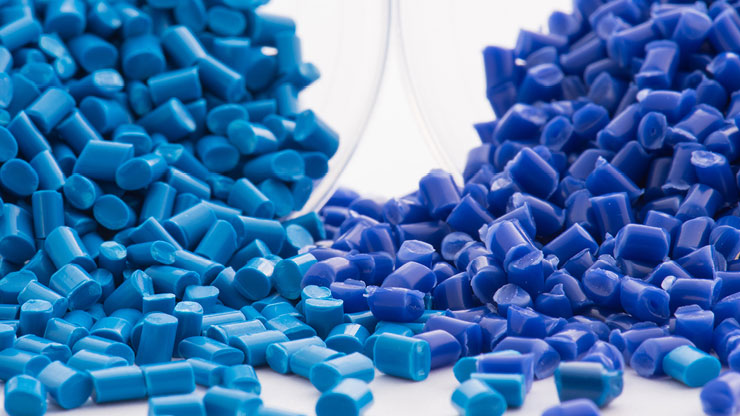
Contact
